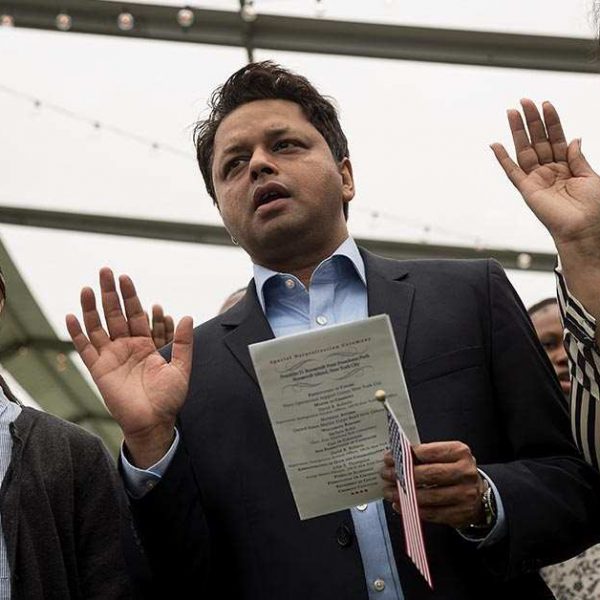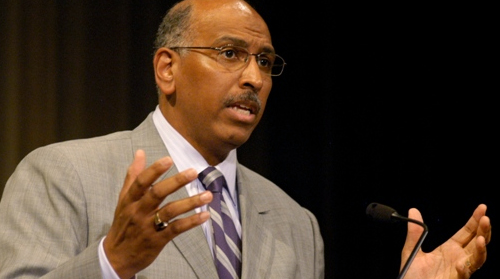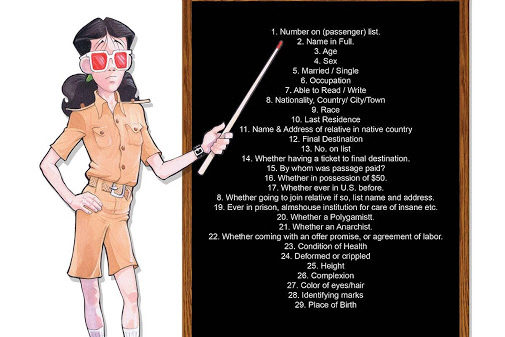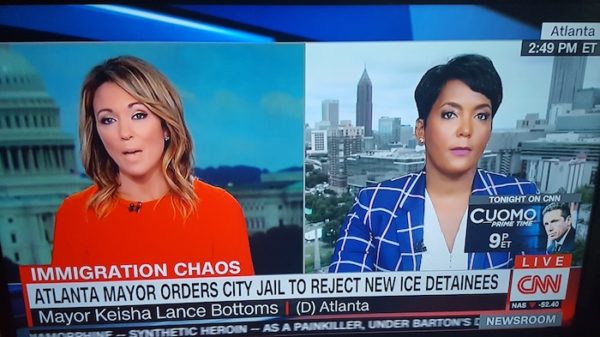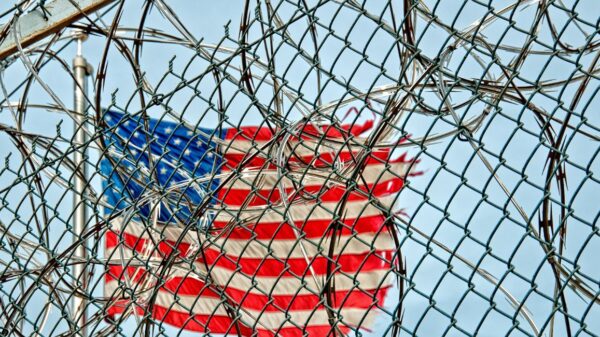U.S. CITIZENSHIP AND IMMIGRATION SERVICES (USCIS) EXPANDS EFFORTS TO DETECT FRAUD THROUGH INCREASED UNANNOUNCED SITE VISITS TO EMPLOYERS WITH H-1B AND L-1 EMPLOYEES
TIM,Immigration,By David R. Fullmer, Esq.
 Over the past month, there has been a notable increase in the number of random, un-announced worksite visits by the U.S. Citizenship and Immigration Services (USCIS) to employers who file petitions for non-immigrant workers in both the H-1B and L-1 visa categories. These randomly selected worksite visits are separate from the I-9 Notice of Inspections (NOI s) that were announced in July by the Department of Homeland Security’s Immigration and Customs Enforcement (ICE) unit (see July-August issue for discussion on ICE audits). While separate and coming from a different branch of immigration enforcement, it does appear that both types of audits are in fact a part of a current trend of stepped up review and enforcement.
Over the past month, there has been a notable increase in the number of random, un-announced worksite visits by the U.S. Citizenship and Immigration Services (USCIS) to employers who file petitions for non-immigrant workers in both the H-1B and L-1 visa categories. These randomly selected worksite visits are separate from the I-9 Notice of Inspections (NOI s) that were announced in July by the Department of Homeland Security’s Immigration and Customs Enforcement (ICE) unit (see July-August issue for discussion on ICE audits). While separate and coming from a different branch of immigration enforcement, it does appear that both types of audits are in fact a part of a current trend of stepped up review and enforcement.
These “surprise “ on –site visits are being conducted by individuals employed by the USCIS’ Fraud Detection and National Security (FDNS) on randomly selected Employers who have sponsored either H-1B or L-1 visa holders. The FDNS was created in 2004 to enhance the quality, integrity, and security of the US legal immigration system. FDNS’ primary mission is to detect, deter, and combat immigration benefit fraud. Under the 2004 H-1B and L-1B Visa Reform Acts, effective as of March of 2005, all US Employers sponsoring foreign nationals in nonimmigrant visa categories including all H-1B, L-1 and R petitions have been required to pay an additional $500 “anti-fraud fee” to help fund FDNS activities. These fees are now being utilized by the FDNS to fund the newly expanded Administrative Site Visit and Verification Program (ASVVP).
Since its inception in 2004, FDNS has conducted inspections and collected data regarding benefit fraud of nonimmigrant visas. A report entitled H-1B Benefit Fraud & Compliance Assessment (BFCA) was released in September of 2008 with the findings of these prior investigations. The BFCA found a 21% baseline fraud and technical violation(s) rate for H-1B petitions and FDNS indicated that given the significant vulnerability, procedural changes would be forthcoming.
The new ASVVP program is clearly the next step in the FDNS fraud detection plan. Over the next six months to a year, around 20,000 employers will be visited by FDNS investigators. In addition to training internal FDNS employees, FDNS has engaged outside contractors and private investigators to conduct these worksite visits to check up on either already approved nonimmigrant visas or to verify information pertaining to petitions that are pending. It appears as if the goal of these investigations is two-fold: first to verify the validity of information contained in the H-1B or L-1 petitions; and second to gather data during such worksite visits to assist USCIS in the development of a fraud detection database.
While some investigators may call right before they arrive, most have been arriving unannounced in order to keep the element of “surprise.” The investigators typically use a script of standard questions that compare the facts stated in the non-immigrant visa petition submitted by the Employer with the facts found on site. Usually the investigator is making the site visit to verify information on a specific petition and will have a copy of that petition with them. The officer will usually ask to speak to an employer representative, such as a human resources manager. The investigator will also generally ask to speak with the foreign national beneficiary of the petition, and his or her manager or supervisor. Among the possible questions asked, USCIS may request confirmation of the sponsored foreign nationals work hours, job duties, salary, and start date. Investigators have also asked to review documents like an organizational chart for the company, payroll records, time sheets and paystubs to verify that the beneficiary is in fact serving in the position indicated in the petition. The officers have also generally asked to view the premises, see the beneficiaries work space, and may ask to take photographs.
It is clear that the information gathered at the onsite investigation can have a direct impact not only on the adjudication or revocation of the individual petition in question, but also on the Employers’ future ability to petition for foreign nationals. If fraud is discovered, then the Employer could be subjected to fines and/or criminal prosecution.
Therefore any Employer, who files non immigrant visa petitions, must be prepared for FDNS random worksite visits. Each Employer should put into place an investigation response plan and make certain that all employees of the company, including the receptionists, are aware of the details of such plan and the proper steps to take in the event an official shows up at the workplace. Each Employer must have a designated official to handle any such investigations. One of the first steps in any investigation will be for the designated official to ask for the investigator’s identification and business card to confirm they are dealing with a FDNS worksite visitation. The designated official should contact immigration counsel immediately. The Employer’s response plan must also include a determination in advance of procedures regarding the sort of information or documents the company will provide to a FDNS investigator. Such plan should also address how to respond to questions that require further research or data.
With the increase in audits and investigations, every Employer who files non immigrant visa petitions, should have a corporate immigration compliance plan that includes a review of all required immigration documentation to ensure that all required documentation is correctly completed and maintained in an organized manner. There needs to be procedures in place to ensure that amended filings are made if there are any material changes to the job duties being performed by the H-1B employee including job title changes, transfers and promotions Such Employers should conduct internal audits of I-9 forms and H-1B Public Access Files and PERM audit files.
Disclaimer: Nothing on these pages should be taken as legal advise for any individual case or certain situation. The information is general and should not be relied on upon for any specific situation. For legal advice, please contact one of our attorneys at www.usworkvisa.com
All content is copyrighted by IVENER & FULLMER LLP 2008. All rights reserved. No portion of this article may be duplicated without permission. Services relating to immigration and naturalization provided by Ivener & Fullmer LLP are provided by active members of the State Bar of California or by a person under the supervision of active members of the State Bar of California.


